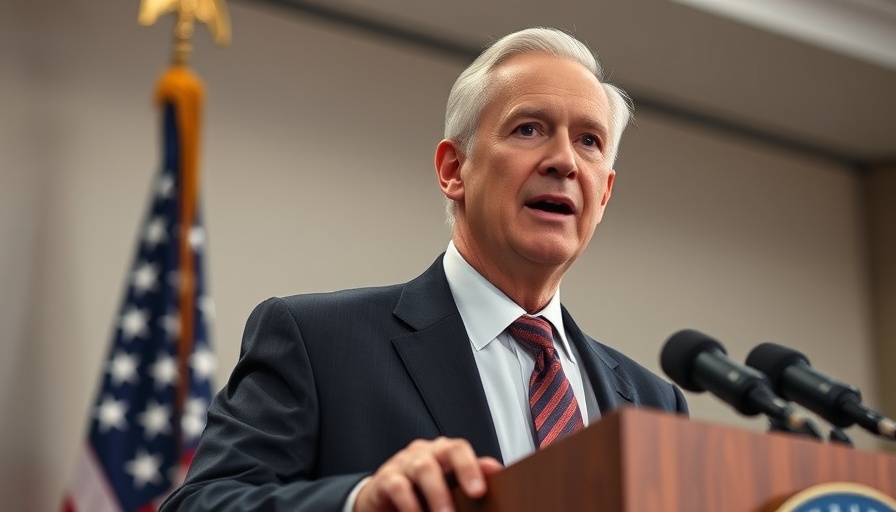
Nvidia CEO's Pay Raise: The Significance Behind the Numbers
Jensen Huang, the influential CEO of Nvidia, is set to enjoy a significant salary hike for the first time in a decade. This substantial increase, which raises his base salary to $1.5 million—representing a 50% increase—reflects not only Huang's growing influence in the tech industry but also highlights broader trends in executive compensation among high-performing CEOs today. With stock awards soaring to $38.8 million, Huang’s total compensation package now stands at an impressive $49.9 million.
Understanding the Compensation Dynamics
The compensation committee at Nvidia justified this increase as necessary to align Huang's salary with the median compensation packages of comparable CEOs within the tech sector. By boosting Huang's salary and overall compensation, Nvidia aims to retain their top talent while ensuring equity with other executives within the company. As competition for skilled leadership intensifies, the disparities in executive pay continue to be a hot topic in human capital management.
The Importance of Employee Benefits and Executive Pay
Huang's pay package also smashed previous records with additional allowances including $3.5 million for residential security and consultancy, which reflect his integral role and responsibilities as CEO. These expenses, categorized as necessary for business operations rather than mere personal perks, serve to create a safe and productive environment for Huang, enabling him to focus on driving innovation at Nvidia. For HR professionals, this kind of strategic approach to executive compensation is essential for designing competitive payroll management systems that promote employee satisfaction and retention.
Navigating Payroll Compliance and Best Practices
For HR professionals and payroll managers, Huang’s situation provides a learning opportunity. It highlights the importance of establishing clear compensation policies and valuations that align with both internal equity and external benchmarks. Companies must regularly review compensation strategies to ensure compliance with evolving laws and regulations while maintaining a framework that supports employee engagement. By adopting a proactive approach to payroll compliance and best practices, organizations can foster a workplace culture of transparency and trust, which notable leaders like Huang represent.
HR Technology: The Future of Compensation Management
As companies like Nvidia continue to push the boundaries of innovation, the role of HR technology in managing compensation, payroll, and benefits is more critical than ever. HR software solutions can streamline processes, enhance payroll reporting, and facilitate efficient benefits enrollment that ties into overall human capital management strategies. By leveraging data analytics and workforce planning tools, organizations can make informed decisions about employee retention strategies and compensation analysis.
Actionable Insights for HR Professionals
The key takeaway from Huang’s salary increase is the need for HR professionals to engage in regular compensation benchmarking and utilize HR analytics to drive informed decision-making. Organizations should prioritize talent management initiatives that optimize employee benefits and establish comprehensive HR policies that align with the company’s goals.
Conclusion: A Call to Action for HR Leaders
In the rapidly evolving landscape of work, it’s imperative for HR leaders to adapt and innovate. Huang’s compensation package serves as a reminder of the responsibilities that come with prominent roles and the necessity for equitable compensation structures. As HR professionals, now is the time to assess your own compensation strategies and consider how your organization can feature competitive remuneration models that attract and retain top talent. Begin by evaluating your existing payroll systems, compliance measures, and employee engagement initiatives today!
 Add Row
Add Row  Add
Add 




 Add Row
Add Row  Add
Add 

Write A Comment